
China's Tiangong space station (Photo/cmse.gov.cn)
Amid global efforts to replace fossil fuels with clean energy, Chinese scientists and engineers are working on a bright idea — soaking up abundant energy from the sun and then beaming it back to Earth.
Multiple teams in China are currently focused on technologies needed for building and running a space-based solar power facility, which will allow the sun's energy to be captured nonstop, something that isn't possible from Earth, said Hou Xinbin, a senior researcher at the China Academy of Space Technology in Beijing and a member of the Committee of Space Solar Power of the Chinese Society of Astronautics.
After collecting solar energy, the space facility will convert it into electromagnetic radiation, such as microwaves, and laser beams and send it wirelessly back to the Earth's surface. Receiving stations will then turn these electromagnetic waves and laser beams into electricity for distribution to power grids, according to Hou, who is also a member at the Permanent Committee on Space Solar Power of the International Academy of Astronautics.
"My colleagues at several domestic institutes and I have proposed a technology demonstration mission to the country's space community, and are hoping it will happen in the near future," Hou told China Daily in an exclusive interview last month in Beijing, on the sidelines of an international space industry forum.
"As a key step to verifying the feasibility of space-based solar power generation, we want to make and place into orbit a pair of satellites — a large one that will collect solar power and convert it to microwaves and laser beams, and a smaller one responsible for receiving laser beams. Meanwhile, a ground station will be in charge of receiving the microwaves. The two satellites will form an in-orbit testing system for wireless power transfer," he said.
According to the scientist, it is quite difficult to beam laser power to Earth, but it is easier to realize the task between satellites in orbit or between a satellite and a celestial body because of the vacuum.
"Realizing laser power transmissions is meaningful in terms of space programs. For instance, a solar power satellite with laser transmission capability can operate in a lunar polar orbit and provide power supply to exploration programs in polar regions on the moon," he said.
However, a host of technical issues must be solved before any commercially viable solar power project can take shape in space, Hou said.
The challenges include developing high-performance components with acceptable sizes and weights — these cannot be too big or too heavy — and integrating them into a satellite, and also ensuring that the power beams reach ground receiving stations with great accuracy, he said.
"In the long term, we need to figure out how to transport large, heavy parts to orbit and then assemble a colossal power station," he added.
Hou noted that there is an urgent need in China to develop new sources of clean energy, which are sustainable, affordable and secure, and can be widely used, as China has announced that it aims to peak carbon emissions before 2030 and realize carbon neutrality before 2060.
Pang Zhihao, an expert on space exploration technology and a renowned spaceflight writer, said that space-based solar power stations are a very attractive solution to energy shortages and pollution.
A space-based facility will be able to harness sunlight around the clock without being affected by factors such as the atmosphere and weather, potentially yielding eight times more power than solar panels at most locations on Earth, said Pang, who worked at the China Academy of Space Technology for decades.
In addition, the power generated in this manner will be free of pollution and limitless, he said, adding that this source of energy could also be used to power any spacecraft within its beaming range.
First proposed in 1968 by Peter Glaser, a Czech-American scientist and aerospace engineer, the concept of an orbital solar power plant has been a popular aspiration among spacefaring parties such as the United States, the European Space Agency and Japan, but technological and financial hurdles limited its development until recent years.
In May 2020, the US Naval Research Laboratory conducted its first test of solar power generation in a spacecraft.
In January 2023, the California Institute of Technology launched an experimental satellite called the Space Solar Power Demonstrator, which has successfully beamed detectable power to Earth.










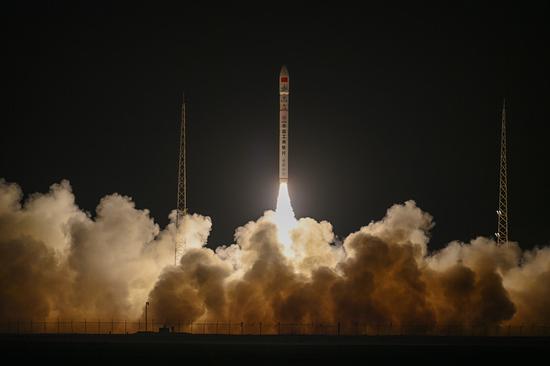




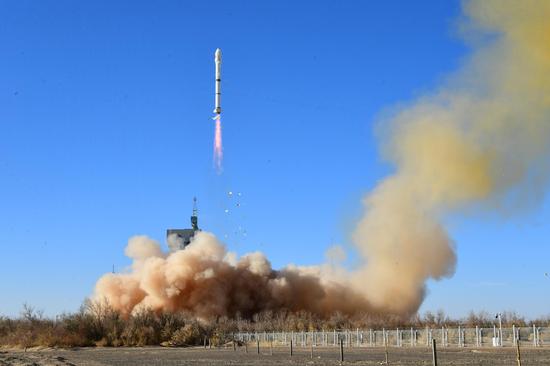


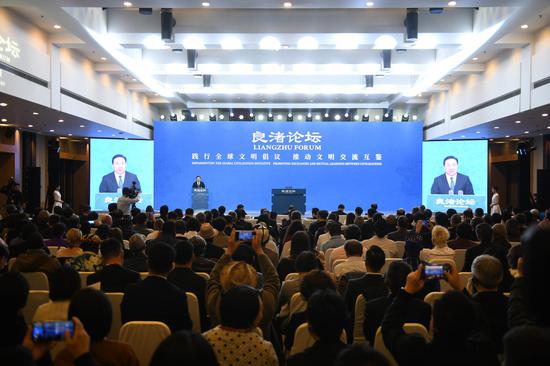






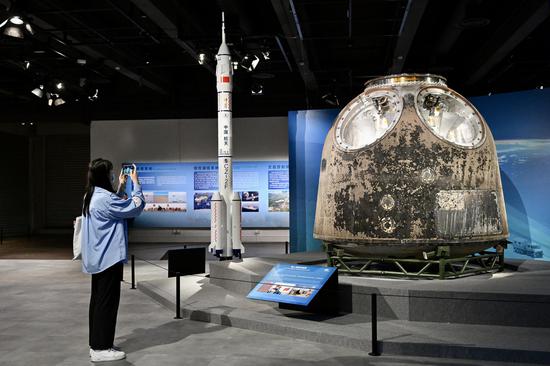










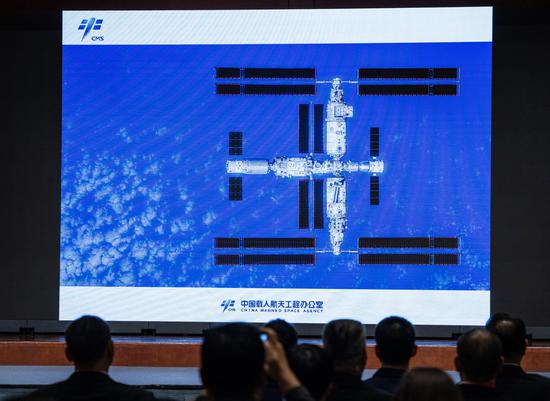
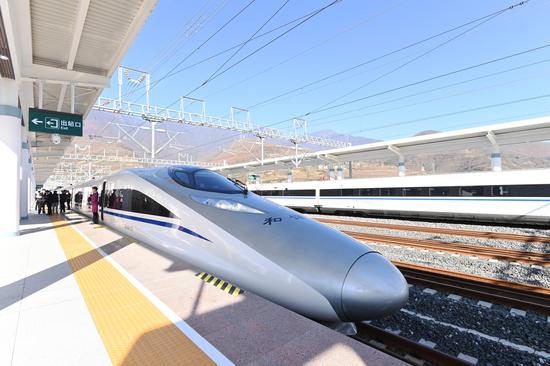












 京公网安备 11010202009201号
京公网安备 11010202009201号